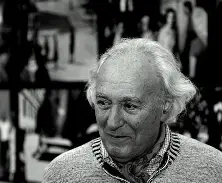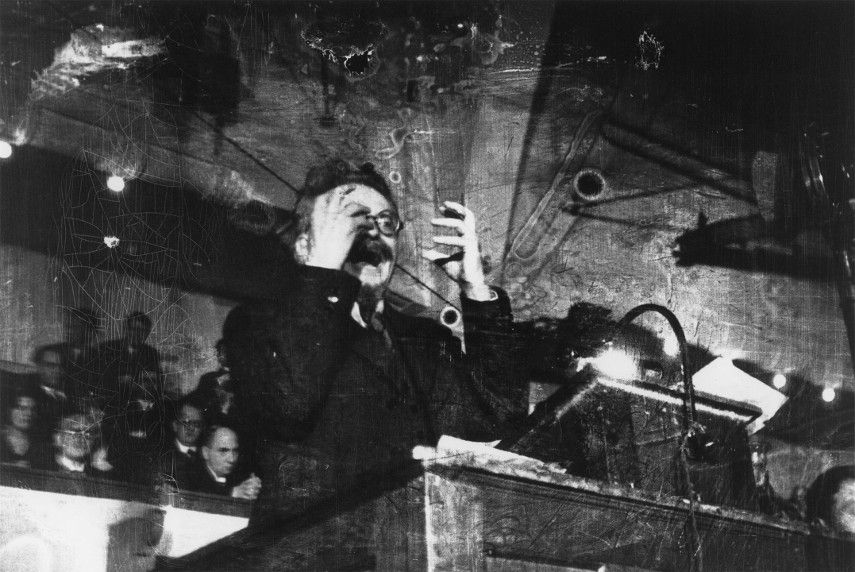William Klein


William Klein was born in New York Manhattan. He studied sociology at the city college of new York. He then later joined the us army and was stationed at various different locations some being Norfolk and Virginia. He was awarded the Prix Nadar in 1957 it was his first award for his Outstanding Contribution to Photography. He focused on various different medias like; street photography, fashion photography, abstract photography, filmmaking, and painting. He was known for his ground-breaking photography and filmmaking. He used techniques such as wide-angle lenses, high contrast, motion blur, and unconventional printing.

Visual
there’s a shop in the background of the photo with people walking past smiling. He uses greyscale to show contrast between lights and darks and add drama to the photo. the picture is also well framed with one big figure in the foreground, there’s a man in the background walking out the right third of the frame. there’s also a young girl in the left third of the screen with someone who is cut off people coming and going busy street, energetic.
Technical
there is natural lighting in the photograph. he uses a slightly long shutter speed to enhance motion blur. this was considered a technical flaw however he uses it to create highly expressive images.
contextual and conceptual
the photo was taken in Harlem, new York, in 1955 this was a time when Harlem was a vibrant cultural hub for African American communities however there were a lot of social and economical challenges to face. the image captures everyday street life, showing how the people interacted with each other in an urban setting. he titled the photo “Moves and Pepsi” the word Pepsi makes you look closer at the bottles in there hands. this adds a layer of commercial and cultural context, highlighting consumer culture in post war America. the photo is a raw candid image reflecting the energy and complexity of the city. the photograph is part of Klein’s exploration of social realities in the city, portraying Harlem not just as a backdrop but as a living, breathing environment full of movement and human stories.
Robert Capa

Capa’s first published photograph was of Leon Trotsky making a speech in Copenhagen on “The Meaning of the Russian Revolution” in 1932.

